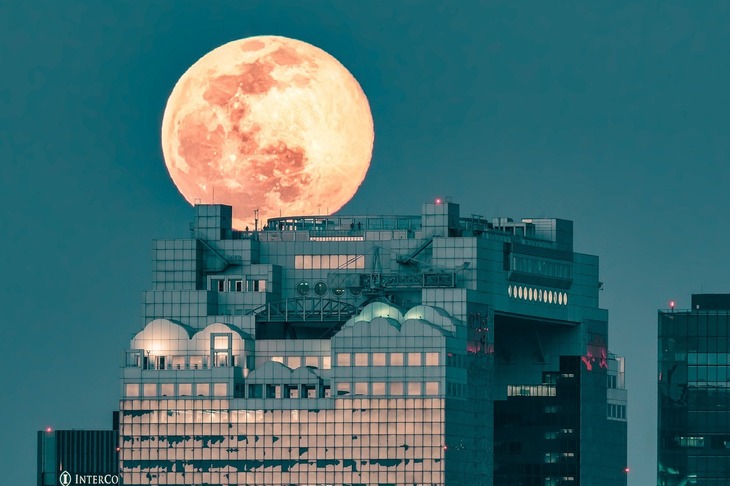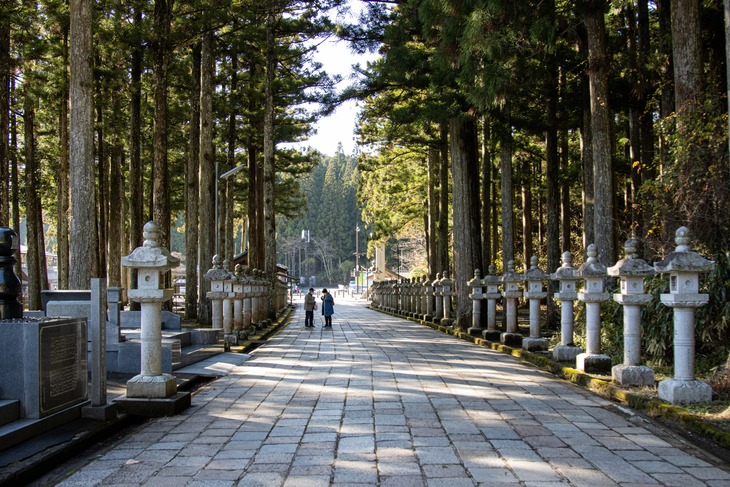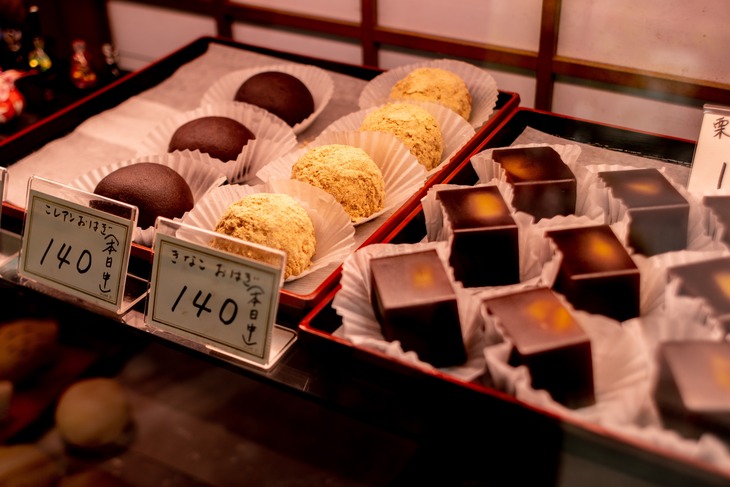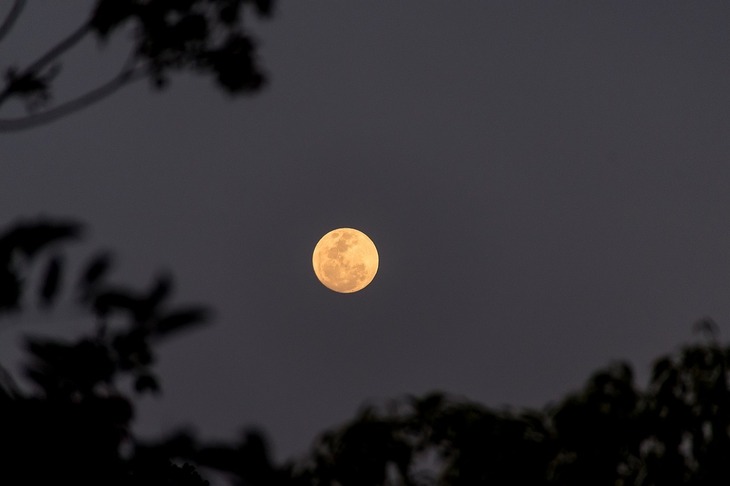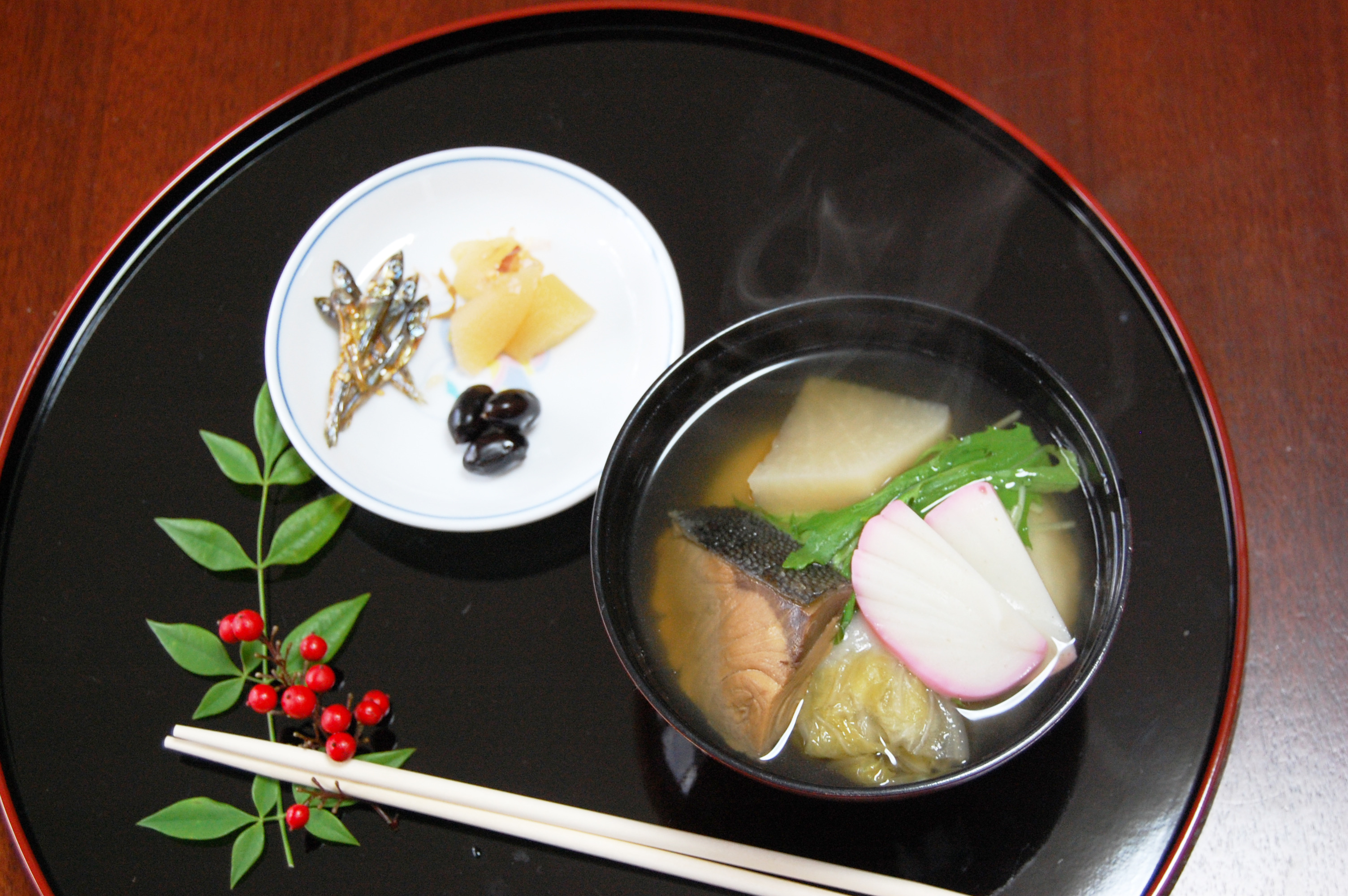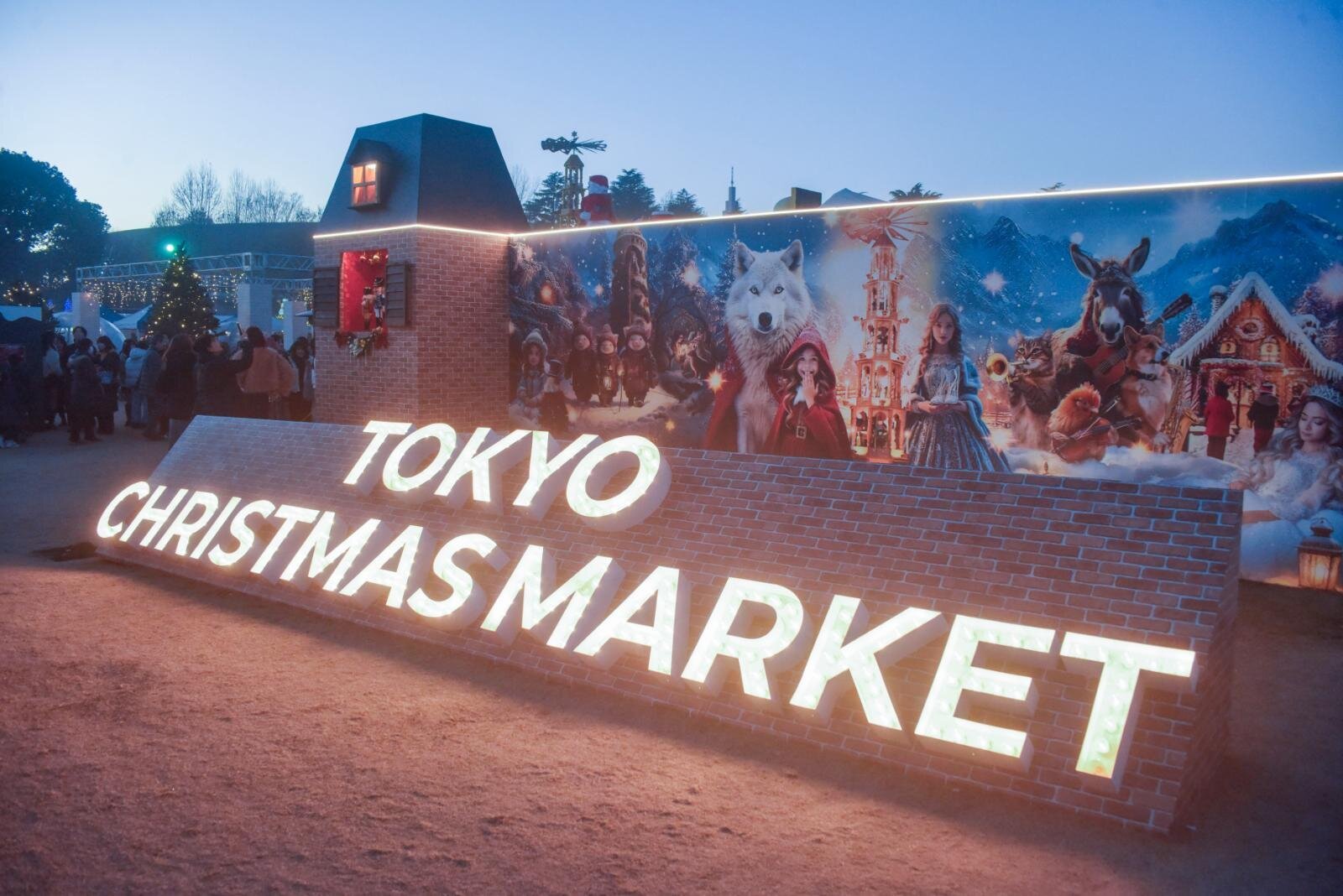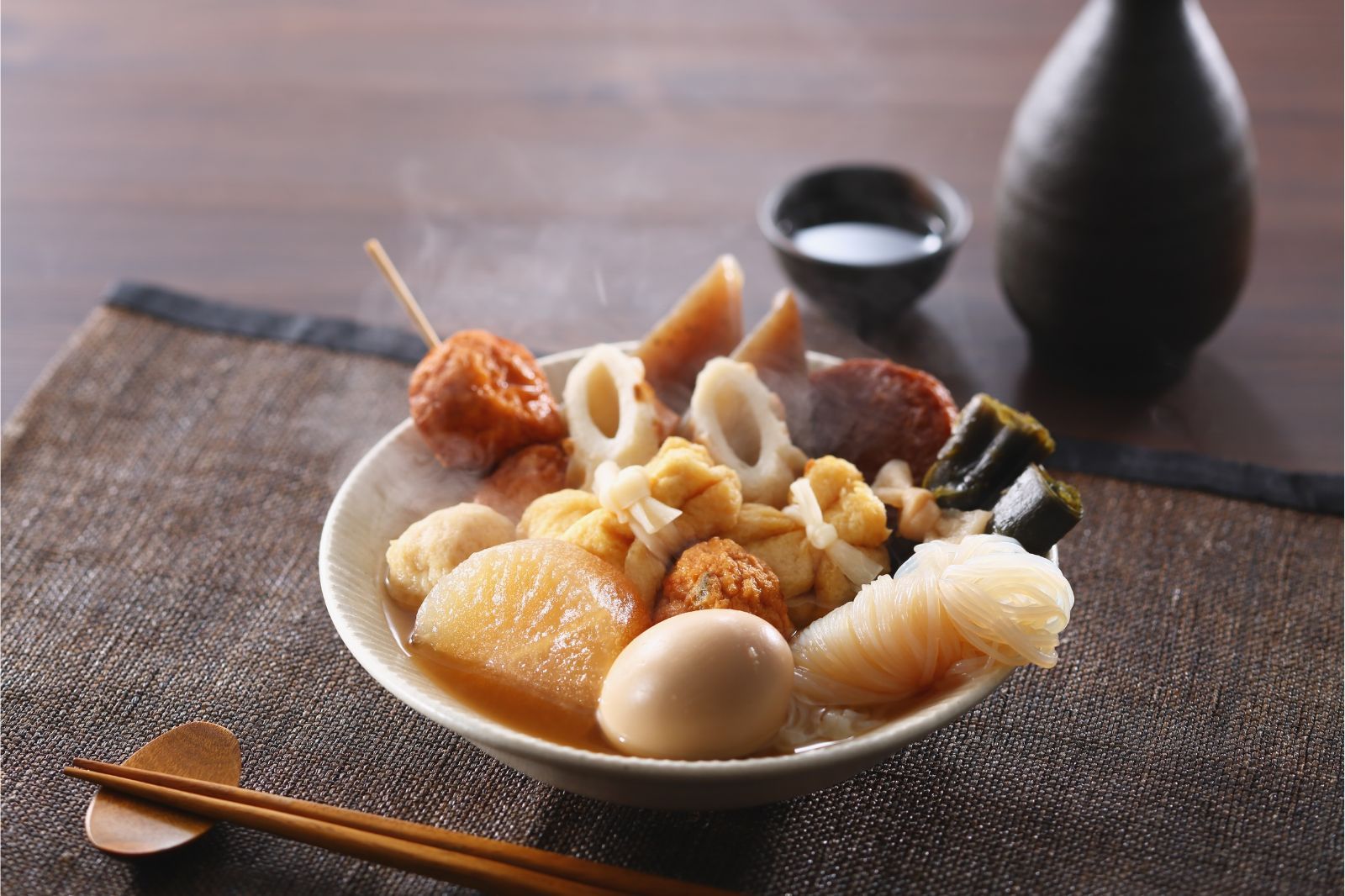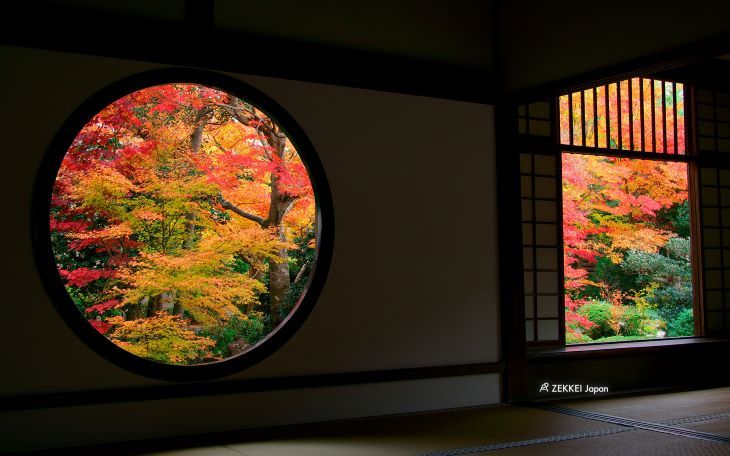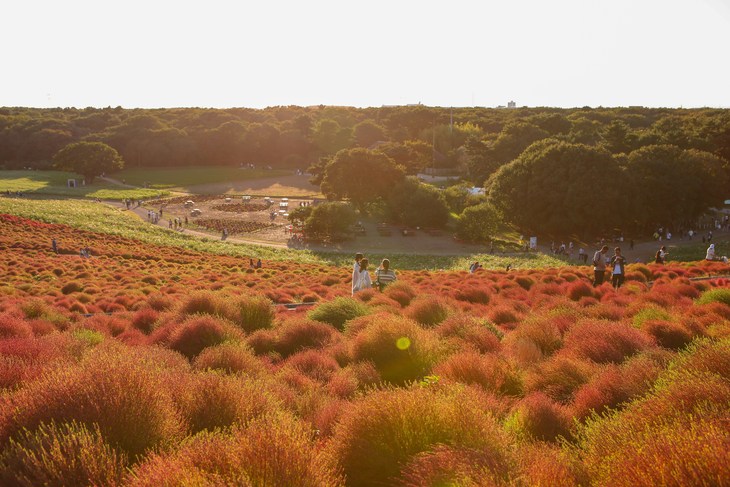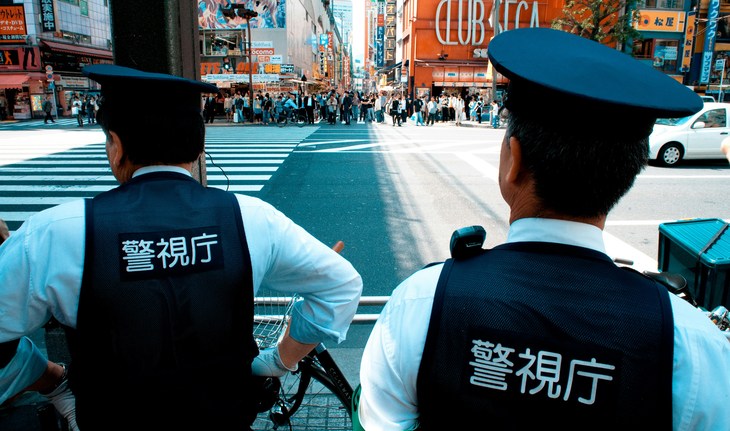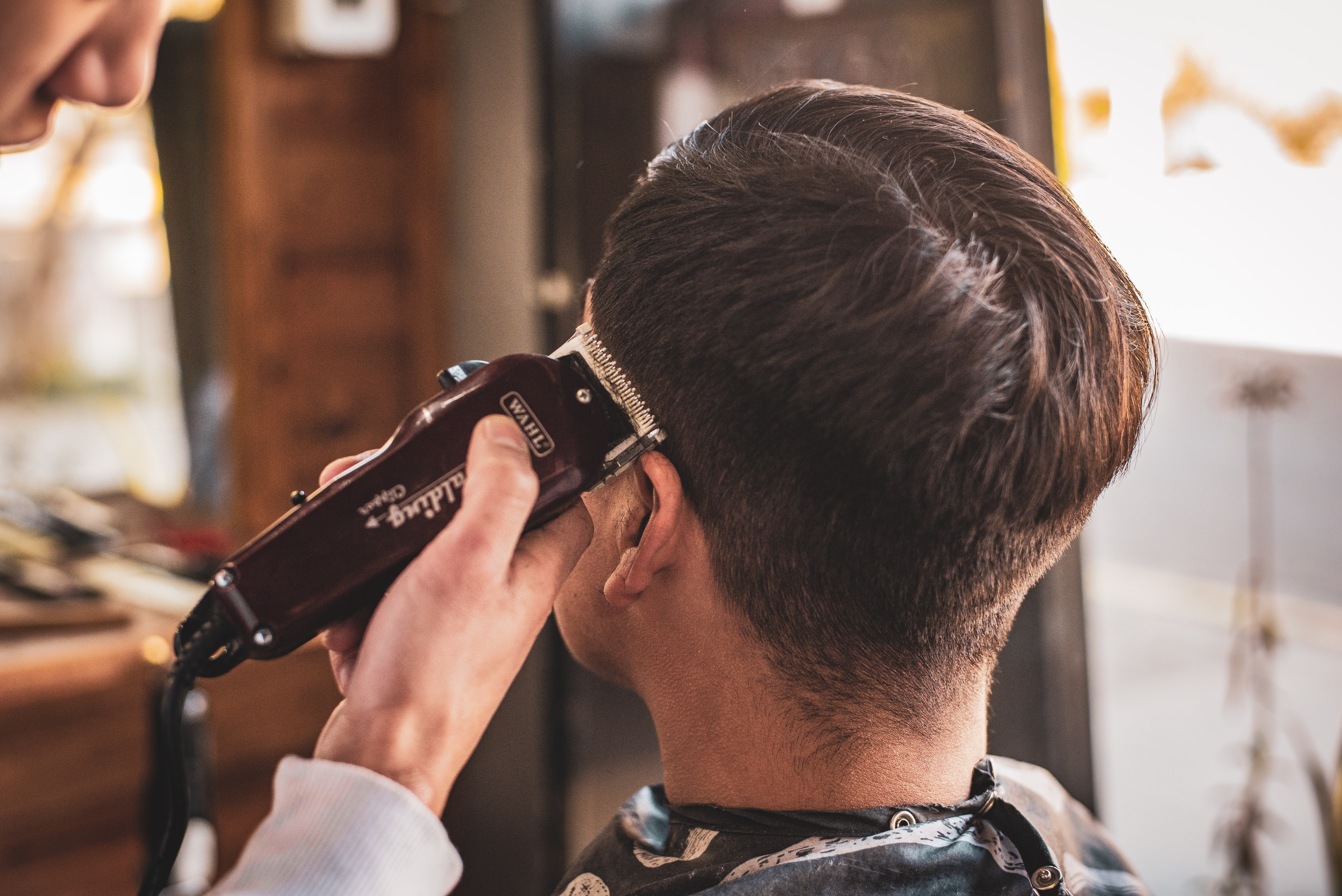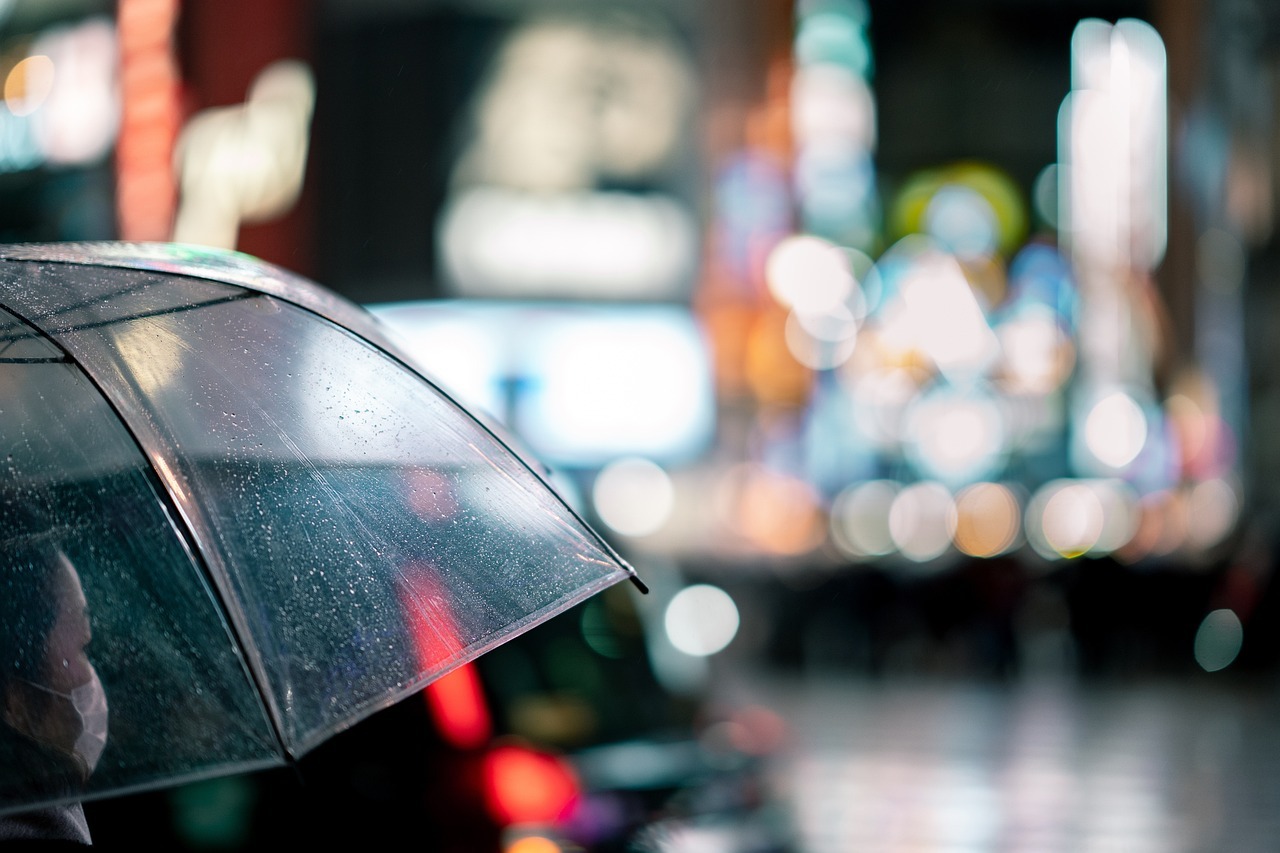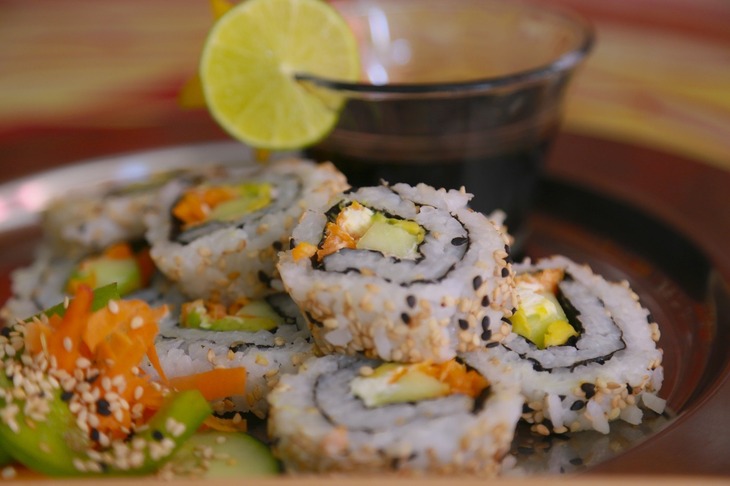Japan's Best Traditional September Events
While the coming of September marks the end of Japan's summer festival and fireworks season, it doesn't mean the end of traditional events or things to do if you find yourself here during this month. September, and the end of summer and the beginning of fall that comes with it, is an important time of year in Japan. You probably won't find yourself wearing a summer yukata and eating shaved ice, but there are still several important Japanese traditions that take place in September that are worth looking into if you are living here or visiting during this time of the year.
So let's take a look at two September Japanese traditions, Ohigan and Jugoya, to learn what they're all about and find out what you can do to deepen your understanding of, take part in, and most importantly enjoy these Japanese traditions.
What is Ohigan?
For the past few years, the summer heat and humidity usually don't break in most of Japan until the end of September or the beginning of October, so when you're living here it can be easy to forget that fall begins this month. But in Japan, the Autumn Equinox marks the beginning of an important Buddhist tradition called Ohigan.
Ohigan takes place on both the Autumn and Spring Equinoxes and is a tradition dedicated to honoring one's ancestors through visits to their graves and offerings. It's a very important event meant to express gratitude to those who have passed on. You'll find people celebrating Ohigan from mid-late September.
What Do People Do During Ohigan?
Since this is a traditional event, much of what people do directly involves Buddhist traditions. This includes:
・Grave Visits: Families often visit their ancestors' graves and offer incense and prayers. They may also bring flowers and lanterns to decorate the graves. If they fully commit to tradition, they may even chant Buddhist sutras.
・Offerings: Known as "Buddha's table offering," families will often offer favorite foods and seasonal delicacies by sharing these foods with each other after visiting their ancestors' graves.
・Cleaning: It's very common for families to take some time to clean their ancestors' graves, as well as the area around the grave. This acts as a symbolic gesture of respect and remembrance.
Seasonal Sweets During Ohigan
If you're not Japanese, it can feel like there's not much for you to do during Ohigan, but that's not entirely true. One easy way you can take part in Ohigan is by trying some ohagi, a traditional Japanese sweet made from glutinous rice that has been cooked, mashed, and shaped into small round or oval shapes. The rice balls are then coated in toppings like anko (sweet bean paste) kinako (soybean flour), or sesame seeds mixed with sugar. While ohagi can be eaten all year round, you'll see it the most this time of year and around the spring equinox.
Ohagi can be found in most supermarkets, but if you're in Tokyo and interested in trying some amazing ohagi, check out the store 「タケノとおはぎ」"Takeno to Ohagi." This store only sells ohagi, and theirs comes in all kinds of different shapes, styles, and colors. You won't find this kind of ohagi at your local grocery store!
Check out the "Takeno to Ohagi," website here.
What is Jugoya?
As September rolls around, you might start noticing commercials, activities, and seasonal food all related to the moon. That's because Jugoya is a tradition celebrating the "Mid-Autumn Moon," which in Japan is considered the most beautiful moon of the year. During Jugoya, people express their gratitude for the harvest and other blessings, so in some ways, this tradition is similar to harvest festivals and holidays in other countries around the world.
The date Jugoya falls on varies every year, but this year it will fall on September 29th.
What Do People Do on Jugoya?
Before Jugoya, people eat all kinds of seasonal, moon-themed food like the very popular Tsukimi Burger from McDonald's (Tsukimi means moon-viewing) or tsukimi udon and soba (udon or soba noodles topped with seaweed and an egg).
On Jugoya itself, people traditionally offer susuki grass, tsukimi dango (moon-viewing glutinous rice flour dumplings), sweet potatoes, and chestnuts to express gratitude for the harvest and to pray for a bountiful crop in the future. Sweet potatoes and chestnuts are also very popular fall foods, so you'll find all kinds of chestnut and sweet potato-flavored goods for sale at restaurants, cafes, grocery stores, and so on.
As you might have guessed from tsukimi being used to name food during this season, moon-gazing is also a common activity during this time. Specifically, people often take time to go out and observe the full moon, but they may even go out for multiple evenings during this time to see the moon at different stages of fullness.
Special Jugoya Events
If you're in Tokyo, one of the most exciting ways you can join a moon-viewing event is by heading to Tokyo Skytree on September 29th. If you go in the evening, you can look at the Mid-Autumn Moon through telescopes from the Skytree's observation deck. It's an amazing opportunity to see the beautiful Mid-Autumn Moon up close.
Learn more by checking out the Tokyo Skytree website here.
Enjoy September in Japan!
Though summer may slowly be coming to an end in Japan, that doesn't mean you still can't find fun seasonal things to do in September. This month is full of special seasonal food to try and Japanese traditions to take in. From moon-viewing to honoring one's ancestors, September is a wonderful month to take in much of what makes Japan such a unique country.














